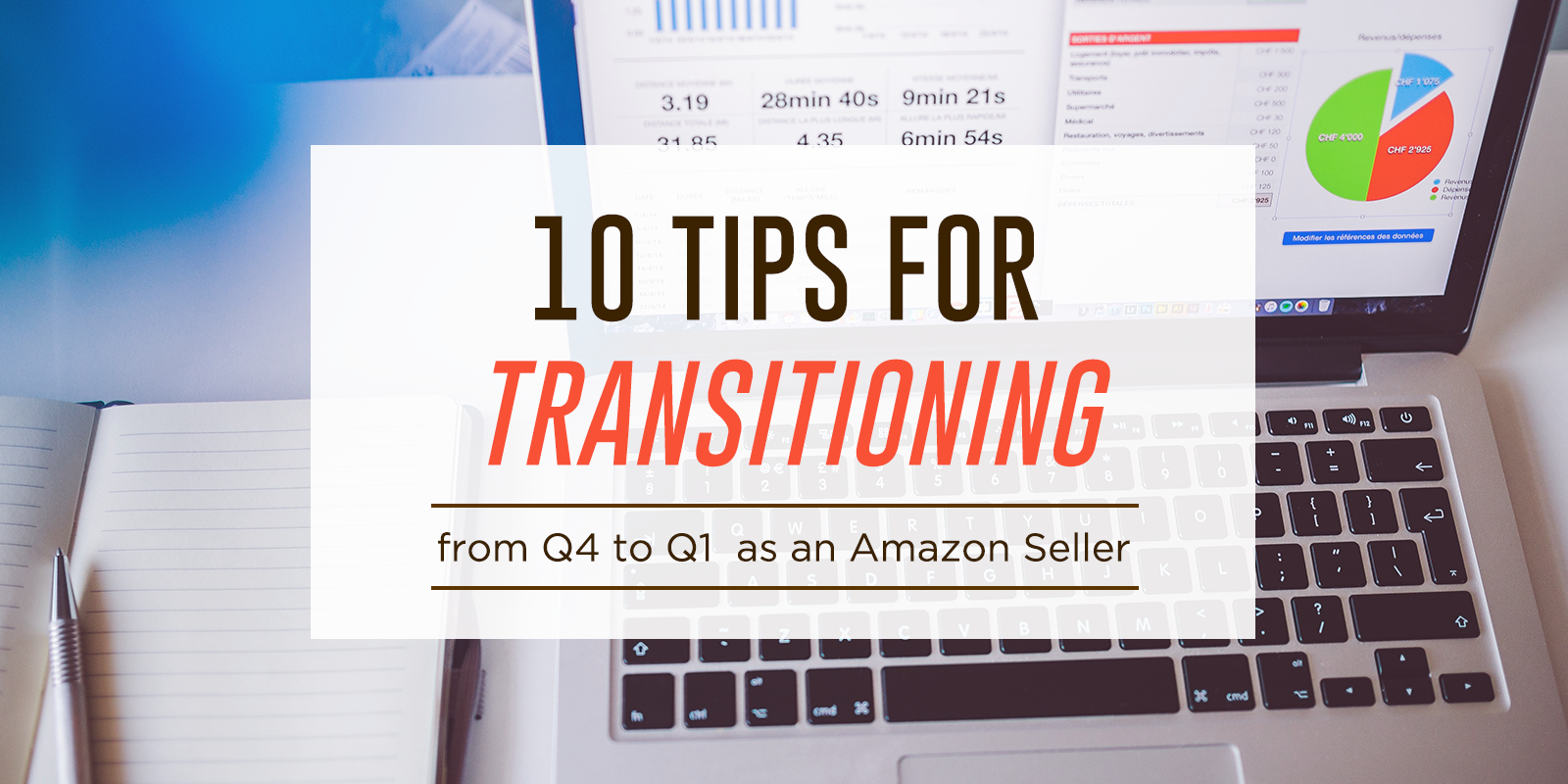While everyone is enjoying the fruits of their labor during Q4, it’s easy to forget that the craziness of Q4 doesn’t last all year, and you need a strategy going into January. Sales velocity changes, prices change, and you need to approach the new year with some basic things in mind.
Here are 10 tips and strategies you can use to become better prepared for what January brings and improve your Amazon business.
1. Sell what you can before Dec. 22. This includes duds you have bought, but it also includes items you may be deeper on than you would like or items that have way more sellers left on them to justify holding out for the day that they all sell out so you can get your desired price. Now, if you see a product with high demand and low supply, it may be worth waiting it out to get your price, but it’s highly likely that you’ve done very well with many of your products. It won’t kill you to take your dollar profit or even a slight loss on some others.
It’s not always accurate to say that you’ll never get a higher price than what you will get at Christmas, but this is often the case. If you have a discontinued item, or something that is truly in short supply, prices can and do go up after Christmas.
2. Understand that Amazon will come back in stock on most of the items that they went out of stock on, probably sooner than later. Many items spike when Amazon goes out of stock, but you simply can’t reply on that. Better to get out of inventory that Amazon is usually in stock on and better to avoid buying these types of items based on the current inflated pricing.
3. Set aside a chunk of money and time to diversify. Look to other brands, other product lines, or maybe even another model. Maybe you were interested in wholesale or private label, but you started out with a small budget. Now you should be in a much better position to expand your business, whether within your current niche and model or outside of it.
4. Set aside your tax money. Only you and your CPA will be able to figure out how much this is, but if you don’t set aside money now, you may find yourself in a bad position come tax season. I typically set aside 10% of every payout, and that is always more than enough, but everyone’s situation is different.
5. Understand that people spend a lot of money in January. Over $31 Billion dollars will likely be spent on gift cards this year, and Amazon gift cards are increasingly popular. People will be spending those cards after Christmas and well into January.
So, buy carefully, and more than ever go wide instead of deep, but keep buying and shipping.
6. With buying carefully in mind, approach clearance carefully. You will see stores quickly put their items on clearance. Target already has their Christmas inflatables on sale for 30% off.
If you see a ton of the same item, be wary. It will likely be available in abundance everywhere if your store is a nationwide chain. If everyone is buying a bunch of the same item with the Christmas frenzy in mind, it is easy for a listing to be over flooded with inventory.
We prefer to wait until items go 70% off or more before buying. If you buy something on clearance at 50% off, that’s fine if it will sell quickly. But understand that it will soon be 75% off for the sellers who find it the next week, effectively cutting the acquisition cost in half. The item you paid $10 for that was selling for $25 will soon be clearanced to $5, and those sellers won’t need to sell for $25 to make good money, so the price could quickly drop to the point that you are losing money.
7. Check clearance at smaller stores that stock up specifically for Christmas. Smaller stores include niche stores like Staples, drug stores, local mom-and-pop stores, and dollar stores.
Often they clearance more aggressively, as they simply don’t have the room to store everything. They also tend to clearance items that aren’t necessarily Christmas related that they only carry during the Christmas season. Toys, kitchen appliances, gift sets, and many other types of products will sell well long after Christmas passes. Even Christmas items sell year round, albeit at a much slower pace.
8. Buy Christmas items at deep discounts to hold for next year. Only do this if it fits your model and you have sourcing money to spare, but if you can find items at 90% off, even if they sell at less than retail the next year, you’ll be in a good position to make a very nice profit.
9. Talk to your CPA to set up tax strategies as close to the new year as possible. You can shelter a lot of profit if you know what you are doing. Should you buy a new vehicle? Should you dump a chunk of money into your IRA? What did you not do last year that could have saved you a ton of taxes. What did you do that cost you a lot of taxes. At the end of 2013, we formed an S-Corp, saving us over $12,000 in taxes if we have remained a sole proprietor.
10. Be prepared for way more returns and way more feedback than normal. The percentages typically stay the same for us, but since you sold a lot more, you will be dealing with a lot more customers. Make sure you track these and check to make sure Amazon reimburses you for those items that were never returned. When dealing with negative feedback, make sure you file for removal if it violates Amazon’s terms, and if it doesn’t, follow the negative feedback strategy by clicking here.

